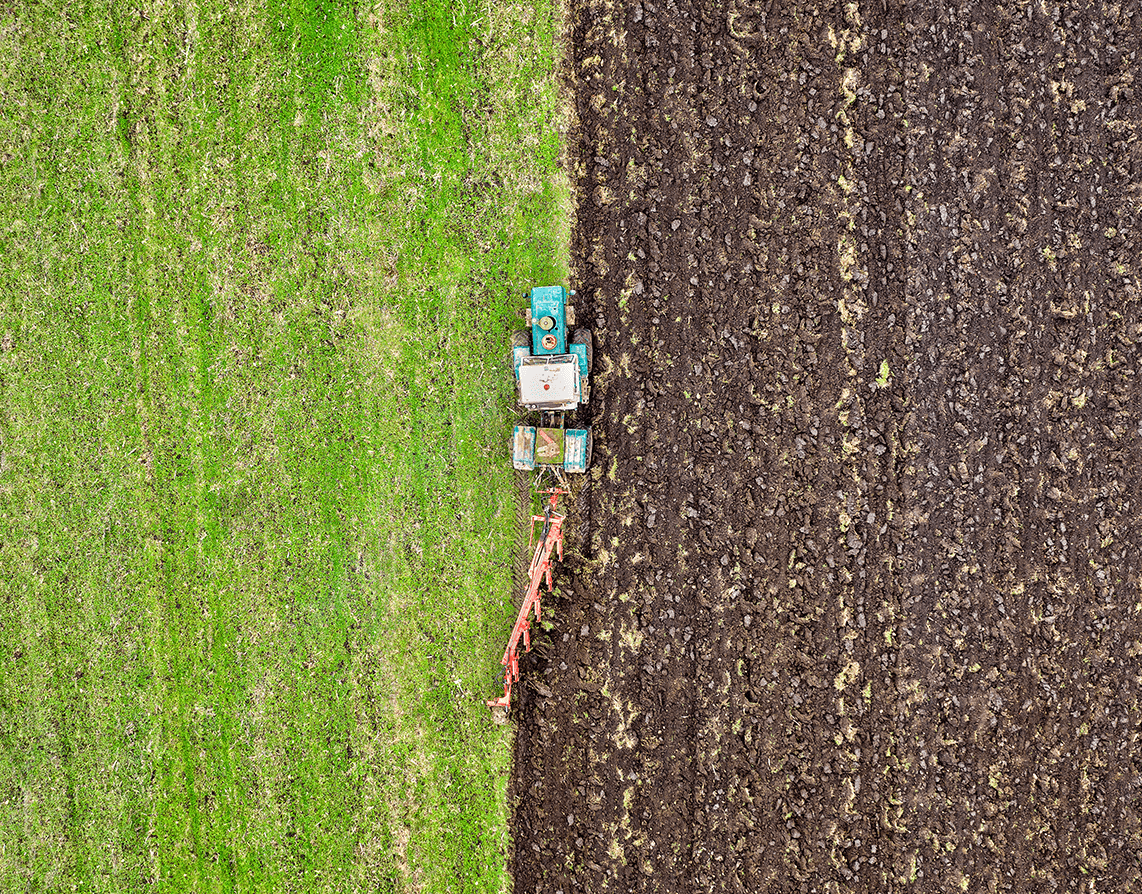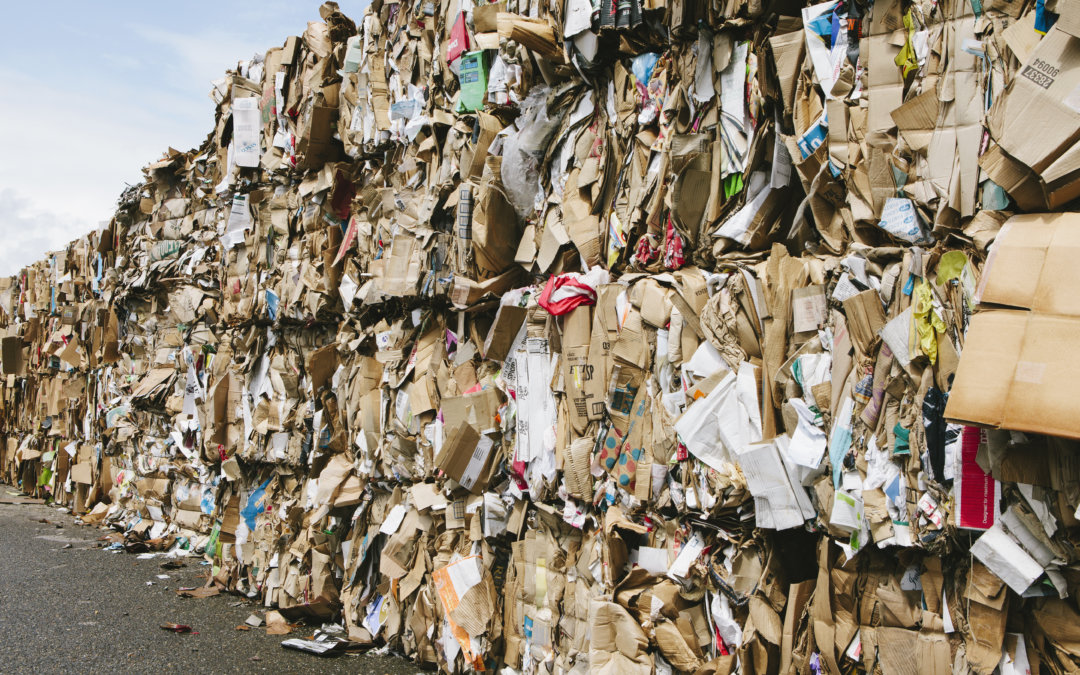The Circular Economy
We looked at regenerative farming in a recent piece and that has led us to think about another concept that is being discussed widely in the Agri-Food industry. The Circular Economy. As the name implies this is looking to move away from a linear economy where a large proportion of material ends up as waste, towards as much reuse as possible.
Ellen MacArthur
One of the leading organisations in promoting the circular economy is the Ellen MacArthur Foundation. Started by the round the world sailor they have produced several key reports that have influenced policy makers at COP26 and elsewhere. They suggest four key principles.
.


4 Key Principles
- A true circular economy is zero waste. Nothing is thrown away because waste is designed out.
- There are two types of industrial ‘ingredients’: disposable and durable. Disposable ingredients are those that can biodegrade, such as paper or fabric. Second, there are ‘technical’ ingredients like metal or plastic that can be reused. Things must be one or the other so that everything can be either reused or put back into nature.
- If this industrial cycle is to be sustainable, then the energy that powers it needs to be entirely renewable. This also reduces businesses exposure to resource depletion or supply shocks.
- Customers are no longer consumers, but users. This means that companies will want the materials back when you’re done with them.
1.2 Billion Tonnes of Waste
What does this mean for food production? We have looked before at a WWT report which suggests that 1.2 billion tonnes of food are wasted before it leaves the point of production. Farm to fork initiatives are ideal ways to look at the 4th principle as milk producers have often returned to using glass bottles which can be used multiple times. Meat and vegetables can be offered in paper or card packaging, or none at all.


2nd Principle
The 2nd principle also has implications for food production. The machinery used to manufacture food whether on the farm of in factories will need to be rethought as the components “should be designed to be dismantled so that they can be sorted into the two categories, disposable and technical, at the end of their lives.” There are hygiene considerations to be thought through with regard to making equipment fall in with the principle, meaning a fundamental shift in the way all industrial plant and machinery is designed and built.
The big food redesign study is another of the Ellen MacArthur Foundation’s projects and is another step change in the way food and agriculture work. We will look at that in more detail next time.
How we can help
Super Motion create films about agriculture and food that document the inspiring stories of change and growth in the drive for improved food production methods. At our Agri Food Pioneers You Tube channel we talk to people in the agri-food industry about the positive and environmental changes they are making to deliver a sustainable, low carbon and regenerative future. Our mission is to deliver powerful stories from the agri-food world that captivate our clients’ audiences. Book a strategy call with us today to learn more about how video can communicate your story effectively.

Recent Comments